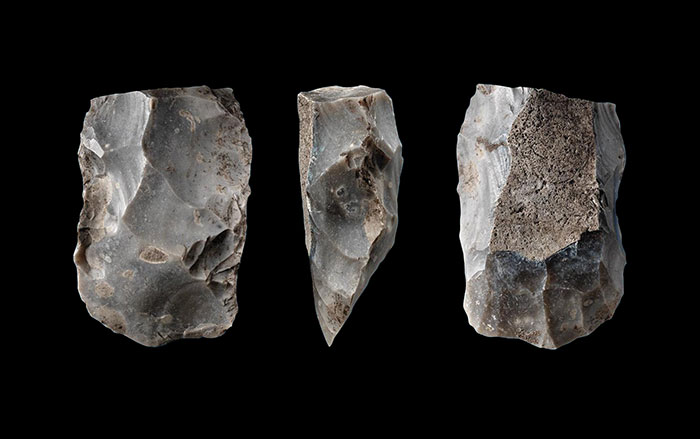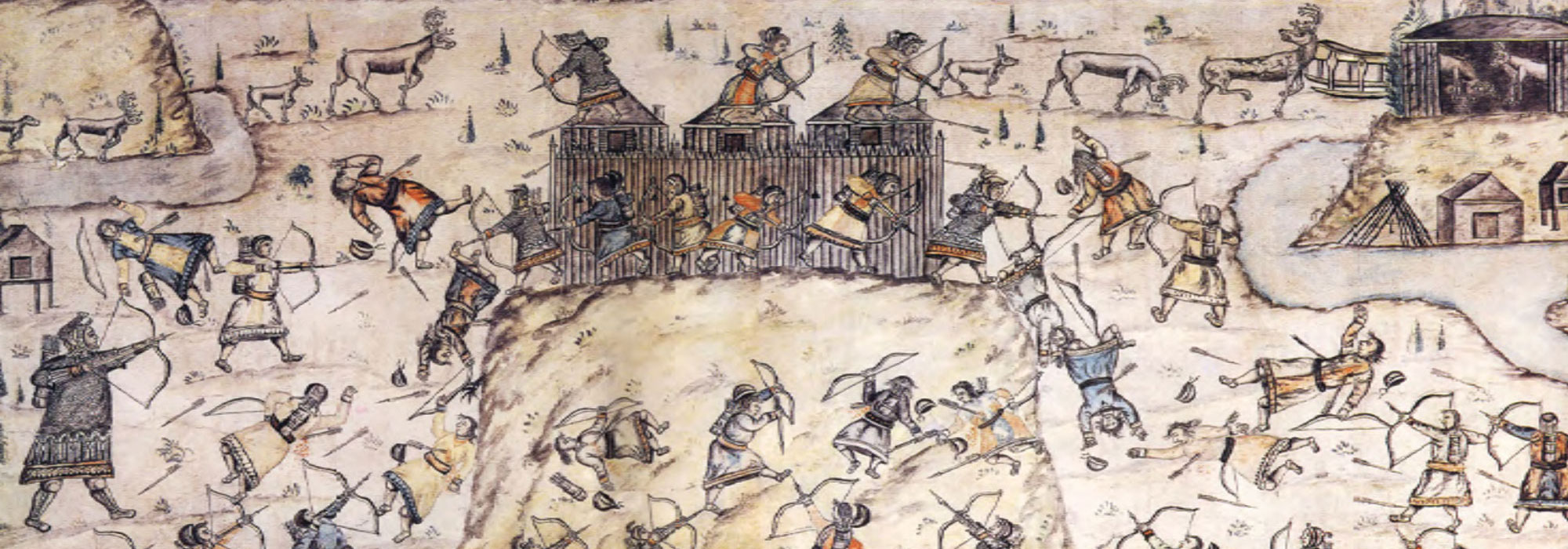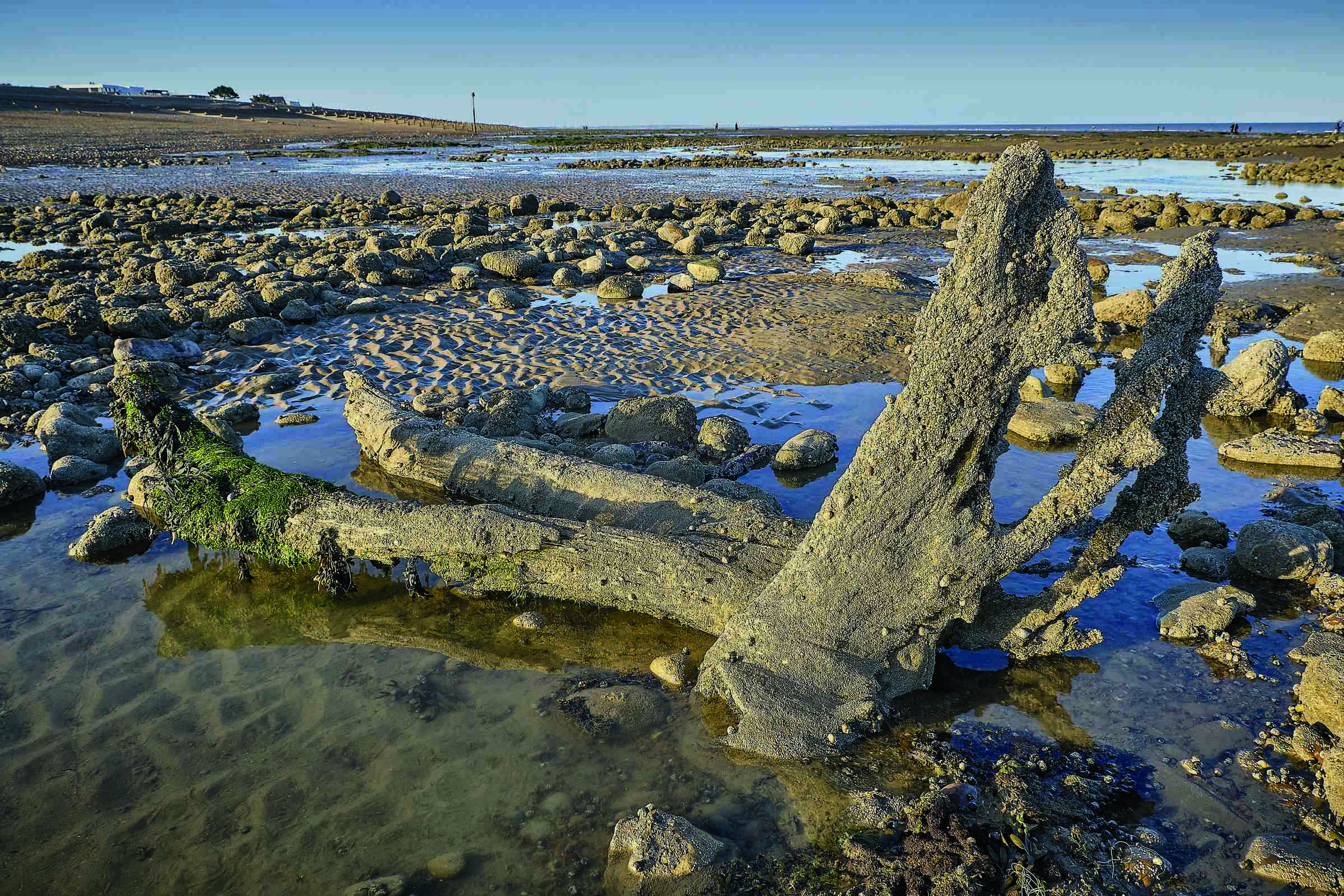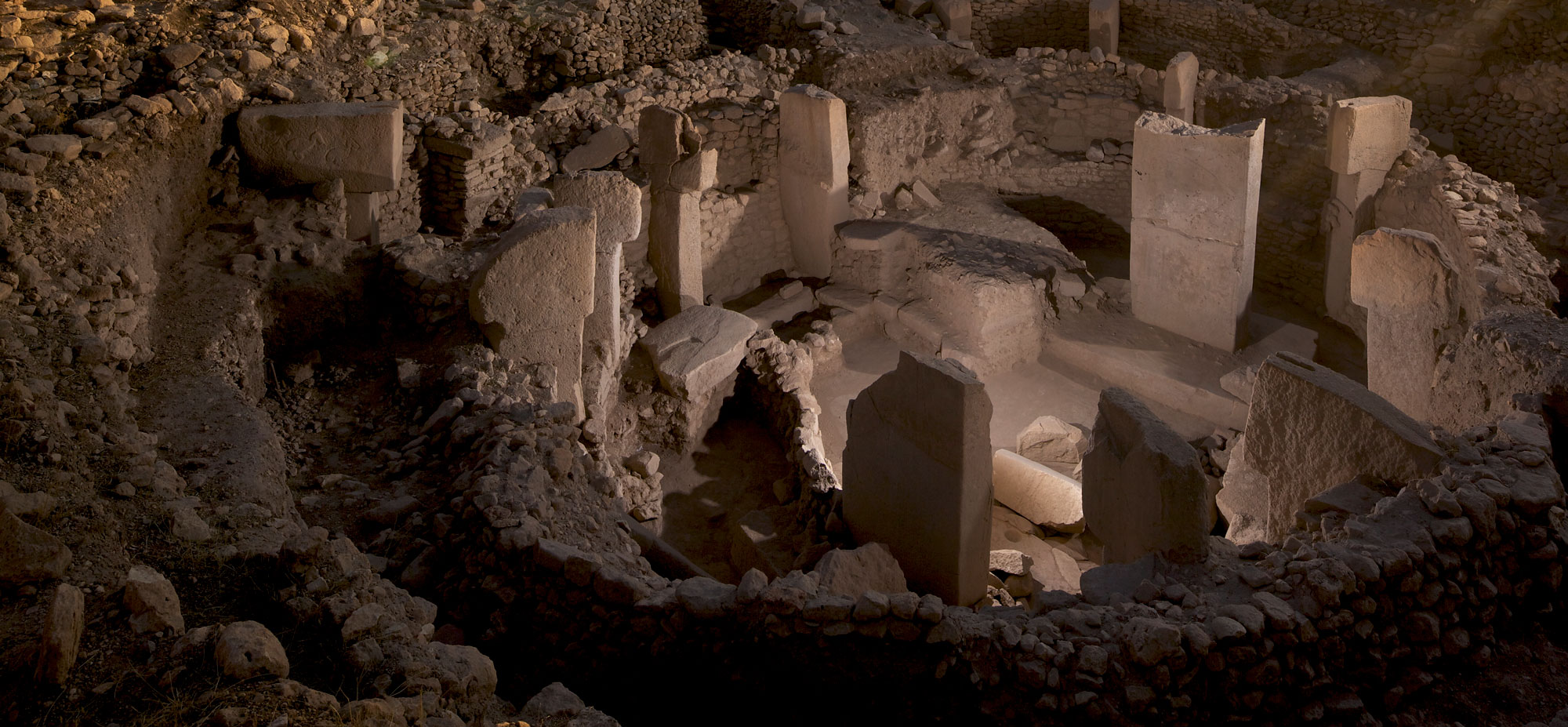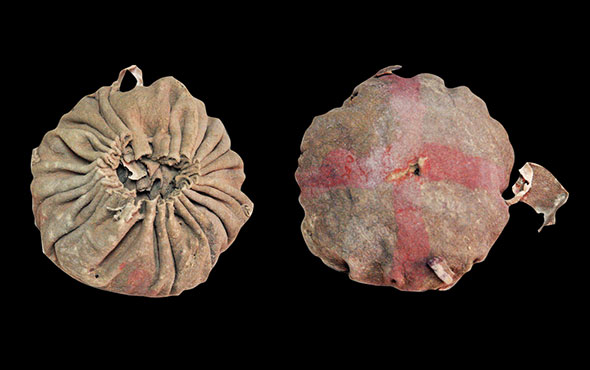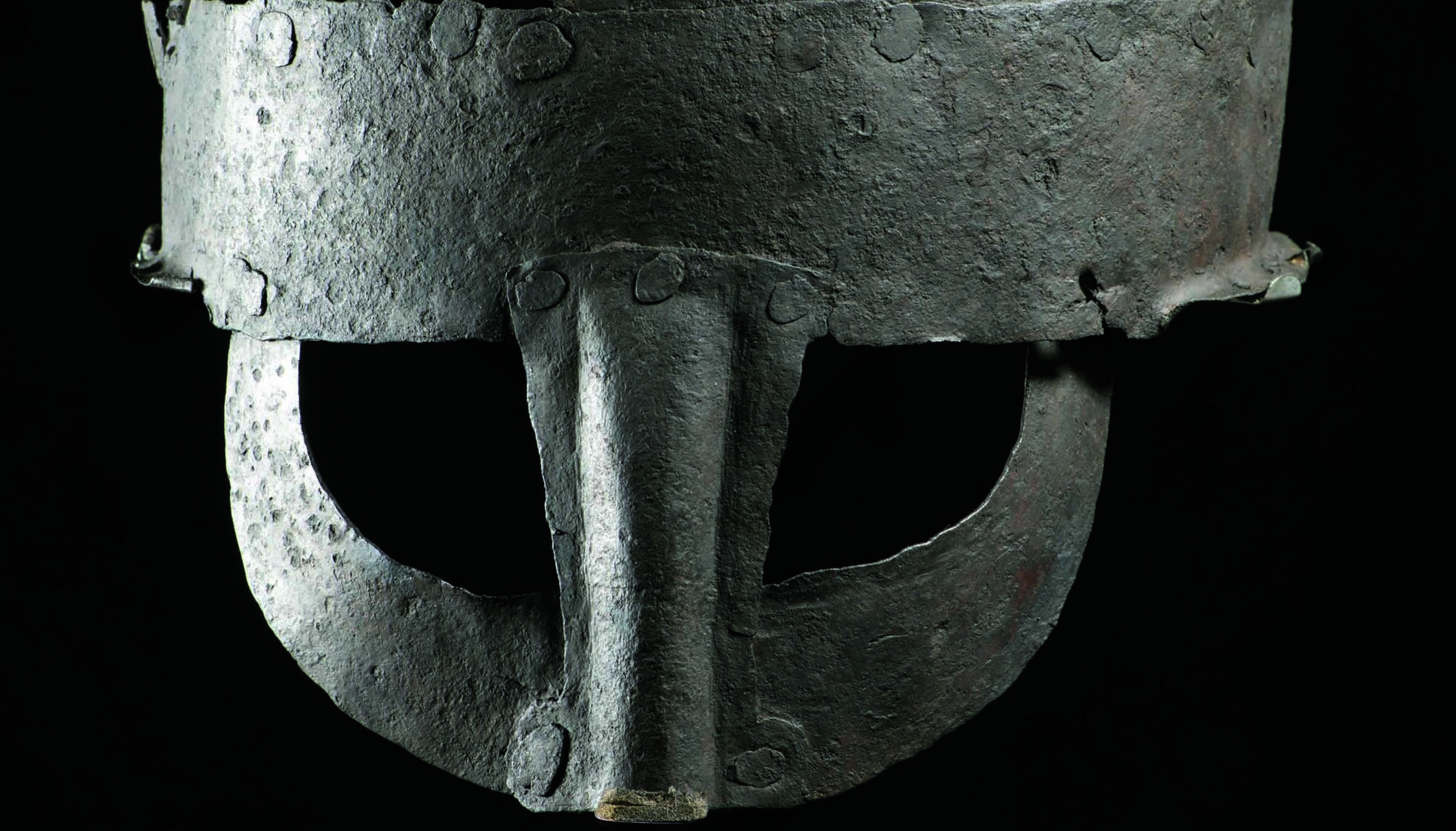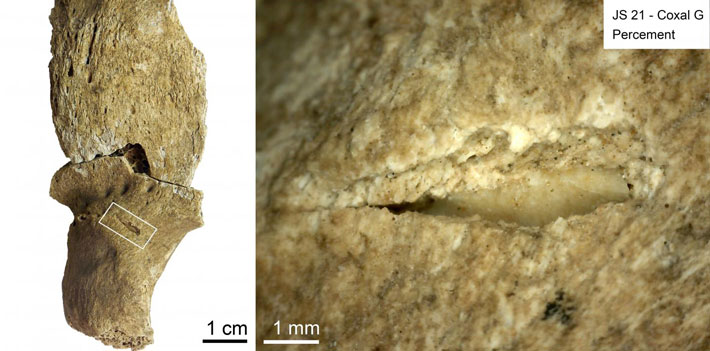
BORDEAUX, FRANCE—Science News reports that paleoanthropologist Isabelle Crevecoeur of the University of Bordeaux and her colleagues examined hunter-gatherers’ remains unearthed in the 1960s at Jebel Sahaba, a cemetery in Sudan dated from 13,400 to 18,600 years ago. The researchers found that their bones show signs of sporadic warfare. Microscopic analysis of the 61 skeletons held at the British Museum shows that 41 individuals, including adults, adolescents, and children, had at least one healed or fresh injury, and 16 had both. Pieces of sharpened stone spear and arrow tips were found in the graves and embedded in the bones. “Repeated violent episodes were probably triggered by well-recorded environmental changes,” Crevecoeur said. Fluctuations in climate at the end of the last Ice Age could have led to declines in fish and game populations, and an increase in competition among cultural groups for those resources, she explained. Read the original scholarly article about this research in Scientific Reports. To read about an ancient Nubian city along the Nile in northern Sudan, go to "A Nubian Kingdom Rises."


